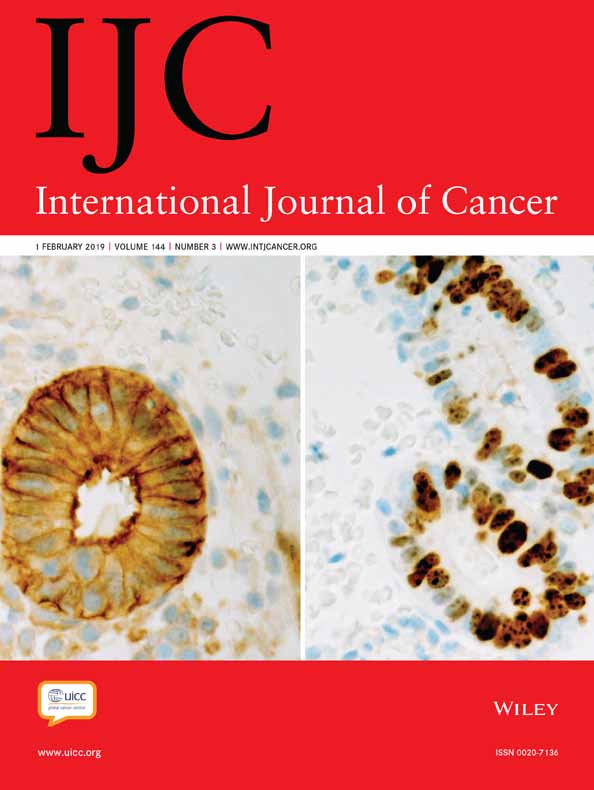Ovarian cancer risk factors by tumor aggressiveness: an analysis from the Ovarian Cancer Cohort Consortium
Ovarian cancer risk factors differ by histotype; however, within subtype there is substantial variability in outcomes. We hypothesized that risk factor profiles may influence tumor aggressiveness, defined by time between diagnosis and death, independent of histology. Among 1.3 million women from 21 prospective cohorts, 4,584 invasive epithelial ovarian cancers were identified and classified as highly…












